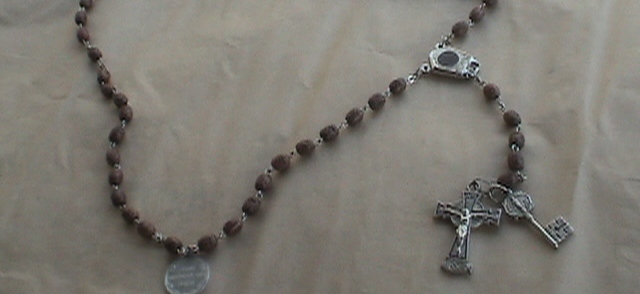The views and opinions expressed on the website are those of the authors and do not necessarily reflect the views or opinions of Niagara Foundation, its staff, other authors, members, partners, or sponsors.
By Justine Gustafson, Center for Public and Global Affairs Intern
July 12, 2015
Have you ever been in a classroom-like setting and noticed that despite the fact that there are no assigned seats, day-in and day-out people tend to sit in the same location, surrounded by the same people? It is a strange phenomena yet there are rational and sociological reasons for this. We are building our comfort zones.
I am no exception to this behavior. As an intern at the Niagara Foundation, I have found myself continually sitting in the same section of the office: my computer that has been next to the same people for the past three weeks. Until…Oh no! There are no empty seats available in my usual section, forcing me to branch out, sit somewhere else, by someone else.
I took my seat next to two co-workers I’m not very familiar with. They were deep in conversation discussing several books they had laid out in from of them. On their computer screens they had Google images pulled up, which they would occasionally refer to in their discussion. My male co-worker was Jewish, and he was introducing a book on Judaism to our co-worker, a female Muslim who wore the hijab. You could tell he was very passionate about the book he was discussing and pointed out several quotes to her that he felt were particularly profound.
Clearly interested, she asked him for clarification on several terms from the book. Specifically, she asked what was meant by the term “Tefillin”. He pulled up pictures for her to see on Google images while he explained that the Tefillin are a set of small black leather boxes containing scrolls of parchment inscribed with verses from the Torah, which are worn by observant Jews during weekday morning prayers.
The conversation turned to discussing the book she had brought to show him. It was a collection of Islamic verses and poetry. She went through some interesting passages and explained their significance. She then pulled out from a small black velvet bag, a string of beads, which she gave to our co-worker as a gift.
“These are prayer beads”, she explained. “ There are 99 beads because in Islam God has 99 names. We use the beads as a way to keep count during prayer. It also has a meditative effect”.
“Oh wow, interesting!” I interjected, “We have something very similar in Catholicism”
“Oh yeah, what are they called again?” She asked.
“We call it the Rosary, and we use it to say our daily prayers”.
Then I remembered that I’ve seen Buddhist monks also praying with a string of beads. So, I pulled our Chinese co-worker into the conversation by asking him about it.
“ In Chinese we call them ‘shuzhu 数珠’ or ‘counting beads’ to help us keep track of the number of prayers done during meditation” he said.
We continued to discuss some of the similarities between our religions as well as some of their unique aspects. Finally, I asked my two co-workers why they were sharing their favorite religious literature with one another. Was it an assignment given to them from the managers, I wondered?
“No, I’m just interested in learning more about Judaism” She said.
“And I just want to learn more about Islam, so we decided to exchange books a while back,” he added.
Reflecting back on this day I realize we all had a truly Niagara Foundation experience. Stepping outside your comfort zone, sitting next to new people, exposing yourself to different cultures, beliefs, ideas and ways of life, this is what our mission is all about. Indeed, a great reminder of the benefits of never sitting in the same place twice.

